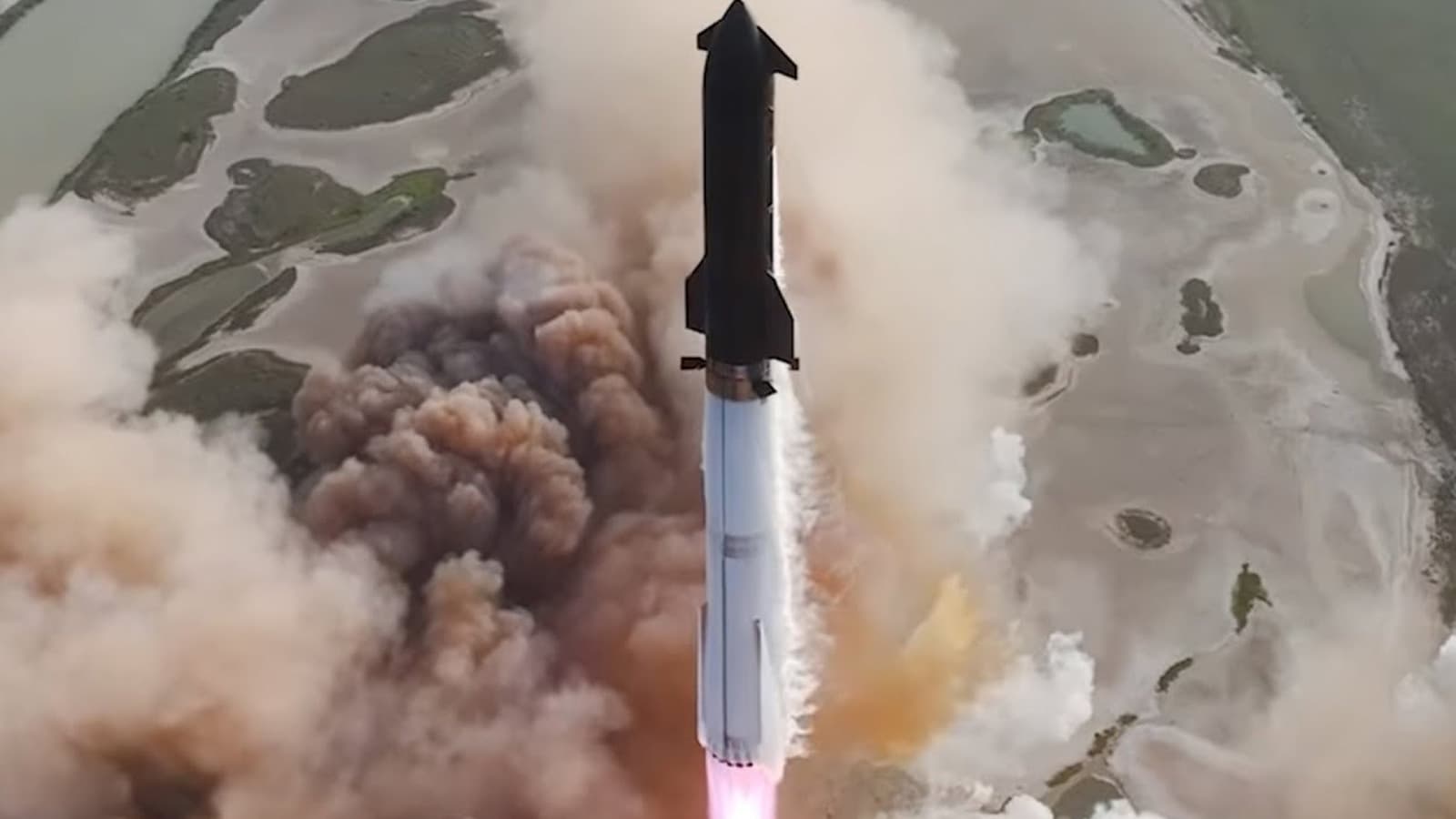SpaceX Starship Flight 10 Scrubbed for Second Consecutive Day Due to Weather

BOCA CHICA, Texas – SpaceX has once again postponed the tenth test flight of its Starship megarocket from its Starbase facility in South Texas, with adverse weather conditions, specifically anvil clouds, forcing a scrub on Tuesday, August 26, 2025. This marks the second consecutive day the launch attempt has been called off, following a ground system issue that prevented liftoff on Monday.
The towering Starship and its Super Heavy booster were fully fueled and poised for launch when SpaceX encountered the weather violation. SpaceX CEO Elon Musk confirmed on social media that "Launch called off for tonight due to anvil clouds over launch site (lightning risk)." The company's spokesperson, Dan Huot, stated that while the vehicle and range were green, weather remained the sole blocker, leading to the operation transitioning into a wet dress rehearsal.
The initial attempt on Monday, August 25, was halted approximately 30 minutes before the scheduled liftoff due to a "ground side liquid oxygen leak," as clarified by Elon Musk. Crews worked overnight to resolve this technical issue, which was successfully addressed before Tuesday's attempt. Despite the repeated delays, SpaceX's logistics team remains optimistic about a potential launch attempt as early as Wednesday, August 27.
Flight 10 is designed to achieve several critical development milestones for the fully reusable launch system. Objectives include a controlled water landing of the Super Heavy booster in the Gulf of Mexico, demonstrating an off-nominal engine configuration. The Ship 37 upper stage is slated for a suborbital flight, aiming to deploy eight Starlink satellite simulators, perform an in-space relight of a Raptor engine, and execute a controlled splashdown in the Indian Ocean.
These test flights are crucial for gathering data on Starship's performance, particularly regarding its heat shield and steering flaps, which have faced challenges in previous iterations. Starship's development is pivotal for SpaceX's long-term ambitions, including establishing a human settlement on Mars, and is also central to NASA's Artemis program, which plans to use Starship for crewed lunar landings as early as 2027. The ability to perform in-orbit propellant transfer, now targeted for 2026, remains a key technological hurdle for deep-space missions.